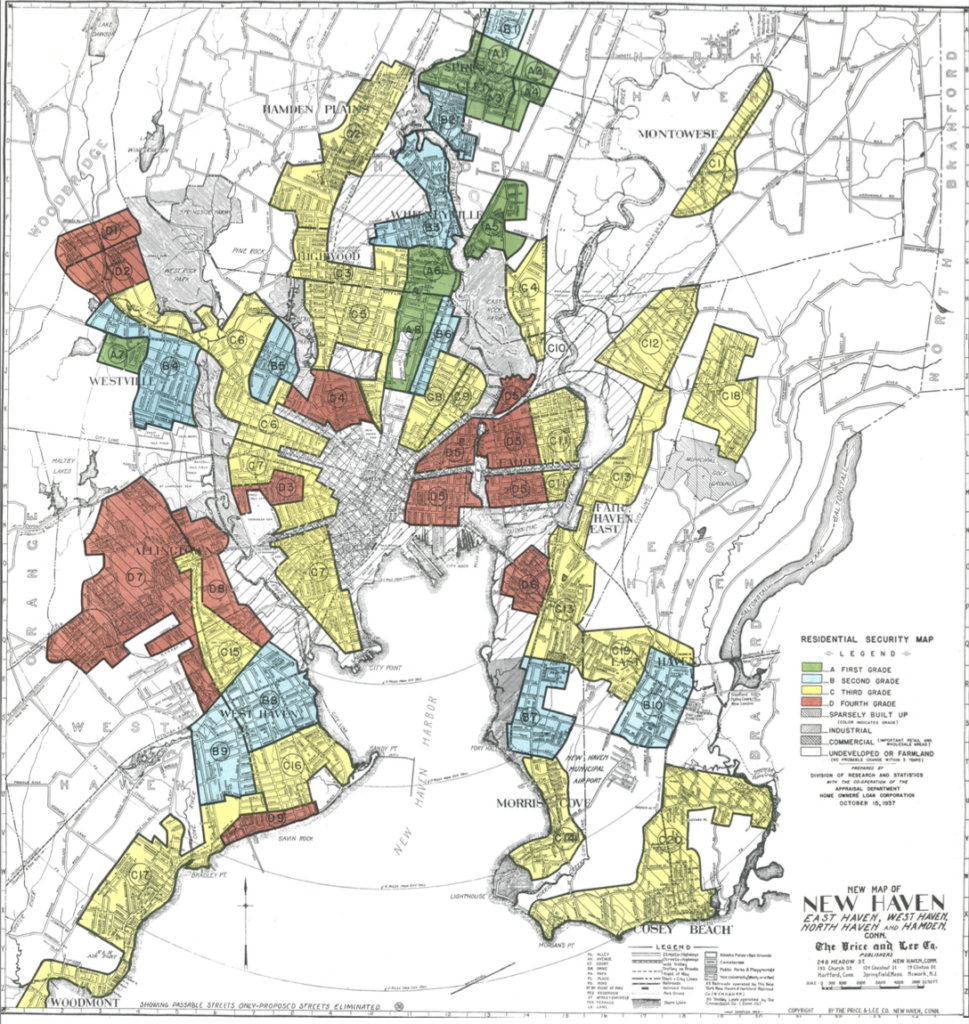
On Tuesday, October 10, Professor Patrick Trent Greiner presented a talk about redlining and CO2 emissions in cities in the United States. The talk was cosponsored by the Bailey College of the Environment, Government Department, Allbritton Center, and African American Studies Department. Professor Greiner is an assistant professor of sociology and public policy studies at Vanderbilt University who specializes in the intersection of structural inequality, development processes, and environmental change. His talk, “The Racialization of Space and the Spatial Differentiation of Emissions,” was an incredible opportunity for students and faculty alike to listen and learn together.
Professor Greiner began by explaining that CO2 emissions must be decoupled from growth and human well-being. Since the preindustrial era, more than 2.4 trillion tons of CO2 has been released and this has been done so inequitably. He reported that the effects of CO2 emissions have been felt disproportionately both across and within nations.

Greiner then went on to explain redlining and its lasting effects. In the 1930s the Home Owners Loan Corporation, a government sponsored corporation that was created as part of the New Deal to help citizens become homeowners, created maps of neighborhoods. These maps delineated which neighborhoods were safe investments and would get loans, noted as green areas, versus risky neighborhoods, which were color coded red. These decisions were highly racialized and the majority of minority neighborhoods were largely classified as red and, hence, those who lived in these areas were unable to get home loans. Professor Greiner pointed out that this system had many impacts that can still be seen today.
The main goal in Professor Greiner’s study was to explore the relationship between CO2 emissions in a place and life expectancy. Racial projects, such as the construction of public housing, interstate highways, or redlined neighborhoods, played a major role in this relationship. In fact, using CO2 data from 2010 and 2015, along with redlining maps from the 1930s, Professor Greiner found a clear tie between environmental hazards and racial bias.
In the talk he differentiated between embodied emissions and production emissions. The former refers to emissions created by residents while the latter refers to emissions from companies. He found that there is little correlation between redlined districts and higher embodied emissions but a clear correlation with production emissions. He concluded that redlined areas had lower life expectancies and drew connections between the effects of particulate matter in the air due to emissions and health problems in citizens.